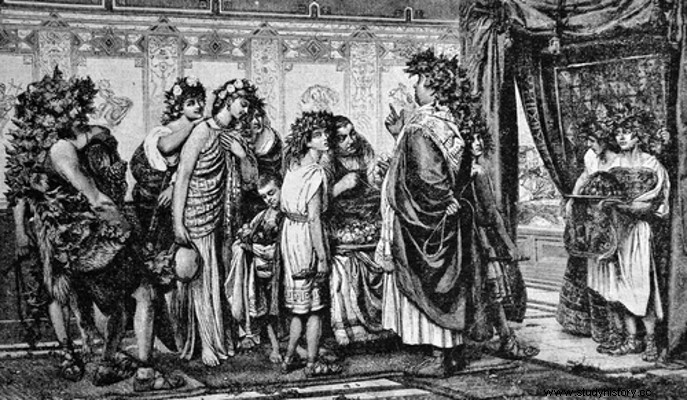
By Me. Cláudio Fernandes
Roman civilization, which began to develop in the region of Lazio, in the Italian Peninsula, around 750 BC, was organized into two main groups:the patricians and the commoners. These two groups became the basis of Roman society .
The Patricians formed the elite of Roman society and descended from the ancient founding clans of the city, hence the expression “patrician”, from patres-familias . The structure of Roman government was for most of its existence occupied entirely or mostly by patricians. In republican positions, especially in the Consulate and Senate, were the most illustrious patricians. In addition, the patricians were great holders of arable land, from which they derived their main wealth.
The plebs, or the commoners , was made up of people who were not descended from the patres-familias and who were not part of political activity. Commonly members of the plebs were smallholders, merchants or artisans. The lack of political representation of the plebeians subsequently unleashed a series of tensions and crises in Roman society.
In addition to patricians and plebeians, the members of Roman society belonged to the clients, who were protected by patricians in exchange for various services. Roman society still had in its body the presence of slaves , which were considered goods owned by those who bought or captured them, being devoid of any rights in the midst of Roman society. Slaves were usually foreign peoples captured in other regions as prisoners of war or members of society who contracted debts and, as a result, became slaves to those in debt.

A patrician and his slaves in ancient Roman society
In addition to the plebs and slaves, there was still the proletariat , that is, the proletarians , people whose main characteristic was to generate offspring (children) – hence the origin of the term proletariat . These offspring usually made up the army. It is worth mentioning that the Roman proletariat should not be confused with that characterized by Karl Marx in the 19th century.
Take the opportunity to check out our video lessons related to the subject:
